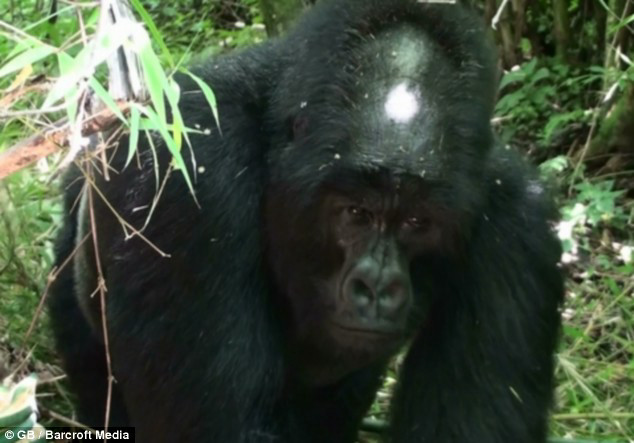

Hominins were scavengers, and bipedalism was a necessary adaptation that enabled migration for sufficient food by scavenging ( Sinclair et al.

Upright hominins were able to forage longer in the open sun ( Wrangham 1980). Bipedal threat display and appeasement behavior were important for the peaceful resolution of intragroup and interspecific conflicts ( Jablonski & Chaplin 1993). A terrestrial feeding posture, rather than walking adaptation, was important for bipedalism ( Jolly 1970).

Bipedality might have evolved for food transport in a dry savannah habitat ( Hewes 1961). Upright posture and bipedal gait were useful for vigilance against predators ( Day 1986). Use of tools compelled hominins to stand upright ( Washburn 1960). Many hypotheses and ideas have been put forward to explain bipedalism. The origin of bipedality has remained a matter of interest for over a century. Language seems to have emerged long after bipedalism, which allowed the brain grow larger at the Homo stage. Other important characteristics such as the use of tools and fire are considered to have achieved after the establishment of bipedalism, which liberated hands from walking. Especially, the first three are considered to constitute basic key factors of the origin of humans. Several characteristics separate humans from other primates: bipedality, hairlessness, a family as a social unit, a large neocortex, small canine teeth, uses of tools, fire, and language, culture and civilization, and so forth. Bipedalism and hairlessness are disadvantageous traits only those who could survive trials and tribulations in cooperation with family members must have been able to evolve as humans. A single mutation in animals with scalp hair is known to induce hairless phenotype (ectodermal dysplasia). Molecular and paleontological dating indicates that CLCA existed 6 Mya, and early hominin fossils show that they were bipeds, indicating that humanization from CLCA occurred rapidly. Sexual relations irrespective of estrus cycles might have strengthened the pair bond. The mother would have sexually accepted her partner at any time as a reward for food. The male partner would have to collect food and carry it to her by hand to keep her and their baby from starving irresponsible and selfish males could not have left their offspring. Her activities would be markedly limited. A hairless mother would be forced to stand and walk upright. All primates except humans can carry their babies without using their hands. A hairless mutation introduced into the chimpanzee/human last common ancestor (CLCA) 6 million years ago (Mya) diverged hairless human and hairy chimpanzee lineages. Three major characteristics distinguish humans from other primates: bipedality, practical nakedness, and the family as a social unit.


 0 kommentar(er)
0 kommentar(er)
